PAZ EN LAS MESAS
CLOUDED LANDS
INSECT FLESH
OPENING 2015
PAST EXHIBITIONS
Gastroperformance
concept by Simone Mattar
concept by Simone Mattar
Gastroperformance is a neologism that emerges contemporarily aiming to assist in the comprehension of a new form of expression Through actions and happenings, it proposes a multisensorial experience on the various matters that surround the human being during the act of eating. The food’s flavor and preparation are technically worked on as a way to optimize the proposed speech an strengths the gastroperformance aims to trigger Multidisciplinarity is the essential premise of this concept which unites gastronomy to other disciplines such as design, music, performance, sculpture, painting, among others.
The result is an experience that rises from the food’s ephemera materiality and its sensitive possibilities to provok a transformation regarding the content that surrounds it.
PARADIGMS OF GASTRONOMY
Art has an intrinsic relation with the food’s materiality: colors, textures, support etc. All food presentation, ever since history exists, regardless of whether it it constituted as a local culture or as a global trend, has going through collective as well as individual definitions, both in the aesthetics and design fields. Nevertheless, gastronomy as a discipline has had little to do with the critical thinking of arts, having been called “the mos ingrained of all habits”. From a thinking production perspective, gastronomy is mainly constituted through anthropology; aspects that go from
nutritional to lifestyle, values, beliefs, myths, rituals, morals, among other topics.
Food as itself has been a less interesting object to anthropology than its social implications.
A PARALLEL WITH EXPRESSIONISM
However, in gastroperfromance the food is the center of attention and is opposite to that which is contemplative and passive. It proposes trimmings alongside the critical thinking, starting from the broad expressionist movement and other art trends, as well as from the contemporary thinking which assists the human being in capturing the essence and affirming subjectivity. The idea is to make the substrate which lies under an apparent reality appear; to reflect the immutable and the eternal in human beings and in nature, as well as broadening the imagination’s dimensions. As a starting point, gastroperformance reflects upon an attitude, a new form of understanding the act of eating, which assembles various disciplines and trends. Many art expressions were based on expressionism’s precepts; this movement was not limited to the influence on the disciplines, but it also changed people’s ways of thinking. Some artists adopted this way of thinking and with a multidisciplinary vision, they created new paradigms in their original disciplines.However, in gastroperfromance, food is the center of attention and it opposes to that which is contemplative and passive. It proposes trimmings in the critical thinking, starting from the broad expressionist movement and other art and contemporary thinking trends, that assist the human being to capture existence and affirm subjectivity.
The idea is to bring to the surface the substrate which lies underneath an apparent reality to reflect the immutable and eternal in human beings and nature, as well as broaden the imagination’s dimensions. As a starting point, gastroperformance reflects an attitude, a new form of understanding the act of eating, which
assembles various disciplines and trends. Many art expressions were based on expressionism’s precepts; this movement, however, was not limited to the influence on the disciplines, but it modified people’s ways of thinking. Some artists adopted this form of thinking and, with a multidisciplinary vision, created new paradigms in their
original disciplines.
TADEUS KANTOR’S THEATRE
Tadeus Kantor transformed the dramaturgy concept in his time. He proposed a theatre built through action and no by the literary reproduction apparatus, which influences the performative discipline until this day.
PINA BAUSCH’S DANCE THEATRE
The artist Pina Bausch is known as “the dance’s expressionist”, and has taken the term to its maximum power when she appropriated it not only in theatre and dance, but also in human reality elements: fears, sorrows and other conflicts. Feelings which were not evidenced in classical ballet.
DOGMA 95 CINEMA
The Dogma 95 movement created a more realistic cinema as means to discuss and criticize different and opposite aspects of contemporary cinema, as an elusive ideal of classic cinema and the modern nouvelle vague authors’ politics. The movement created a collective cinema, denying the aesthetical authority and focusing on an aesthetic focused in truth and reality, denying artifices and illusions.
GASTROPERFORMANCE: A RUPTURE
In almost every religion, the act of eating is associated with symbolism that goes beyond nutrition itself. The idea of peace, harmony, happiness and beauty seem
mandatory in this act, and ensure other feelings deemed undesirable, but which are right there, invisible, non-said. In this context, is established the idealization of a personal e family relationship around the table. Gastroperformance acts within these themes, adding tension through the relationship between food, the individual
and the collective. In this case, the food is not linked to it functional value, but as the materialization of this game of invisible power game that surrounds it. The body approached in the gastroperformance experience is the so-called “organ-less body”. In other words, it is not the one that nurtures itself biologically from material
food, in a functional and anesthetized way, but instead it assimilates the immaterial aspect of such food in a vibrating way. “In gastroperformance a non-functional food is offered to an immaterial body.”
